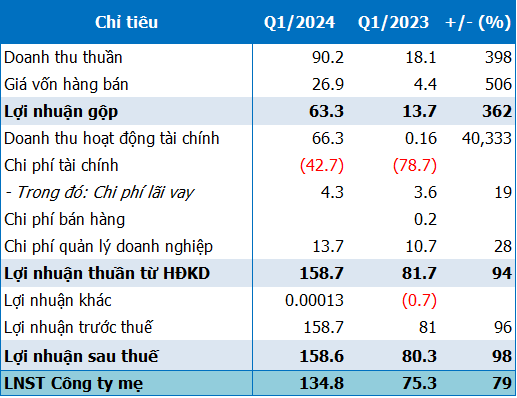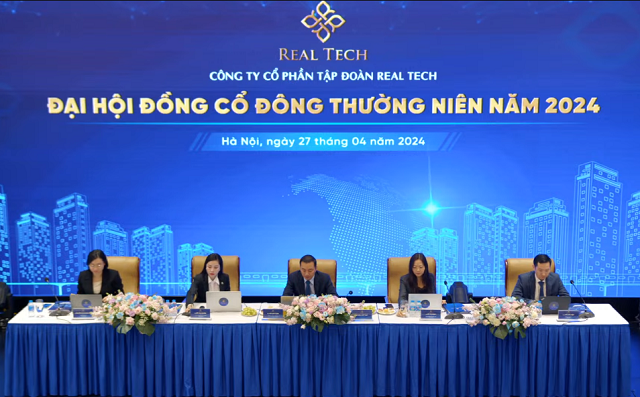Speaking at a press conference announcing the amended Credit Institutions Law on February 19, Deputy Governor of the State Bank of Vietnam Doan Thai Son said the consistent goal when building the law is to limit the abuse and manipulation of the activities of credit institutions by large shareholders and groups of large shareholders.
The specific implementation of this principle is reflected in many regulations. In addition to the goal of tightening discipline, the intermediary goal is to democratize the operations of credit institutions. Therefore, the Law also expands the concept of “related persons” in defining major share ownership through “interest relationships” or ownership activities; governance to avoid domination of credit granting activities.
The new Law also requires the public disclosure of the names of individuals and organizations that own 1% of the charter capital along with related persons on the bank’s website. Annually, credit institutions announce this information to Annual General Meetings of Shareholders, General Meetings of Members, and Boards of Members of credit institutions.
“Thus, the new regulations create a channel of public supervision which includes the media, with both the owner and the management of credit institutions,” the Deputy Governor said.

Deputy Governor of the State Bank of Vietnam Doan Thai Son speaks at the press conference. Photo: Hoang Phong |
The new Law has reduced the ownership limit for shareholder organizations, groups of shareholders, and related persons; it also stipulates a 5-year roadmap for gradually reducing credit limits.
Regarding measures to enhance transparency in banking operations, Son said the Law focuses on improving corporate governance standards; restricting the participation in corporate governance of related persons. The new Law also limits the maximum credit to customers according to a 5-year roadmap and gradually reduces it.
Son said that tightening regulations in the new Law is just a technical measure, the most important thing is the organization’s implementation process. “The deployment process must have close coordination between the State Bank of Vietnam and relevant ministries and agencies to ensure that the regulations are strictly implemented in practice and timely handling of violations,” said Son.
The Credit Institutions Law consists of 15 chapters, 210 articles, and will come into effect from July 1, 2024. The Law regulates the establishment, organization, operation, early intervention, special control, restructuring, dissolution, bankruptcy of credit institutions; the establishment, organization, operation, early intervention, dissolution, termination of activities of branches of foreign banks.
The Law also stipulates the establishment and operation of representative offices in Vietnam of foreign credit institutions, other foreign organizations conducting banking activities; handling bad debts, collateral assets of bad debts of credit institutions, branches of foreign banks, organizations wholly owned by the State with functions of purchasing, selling, and handling debts.
Son Ha











































